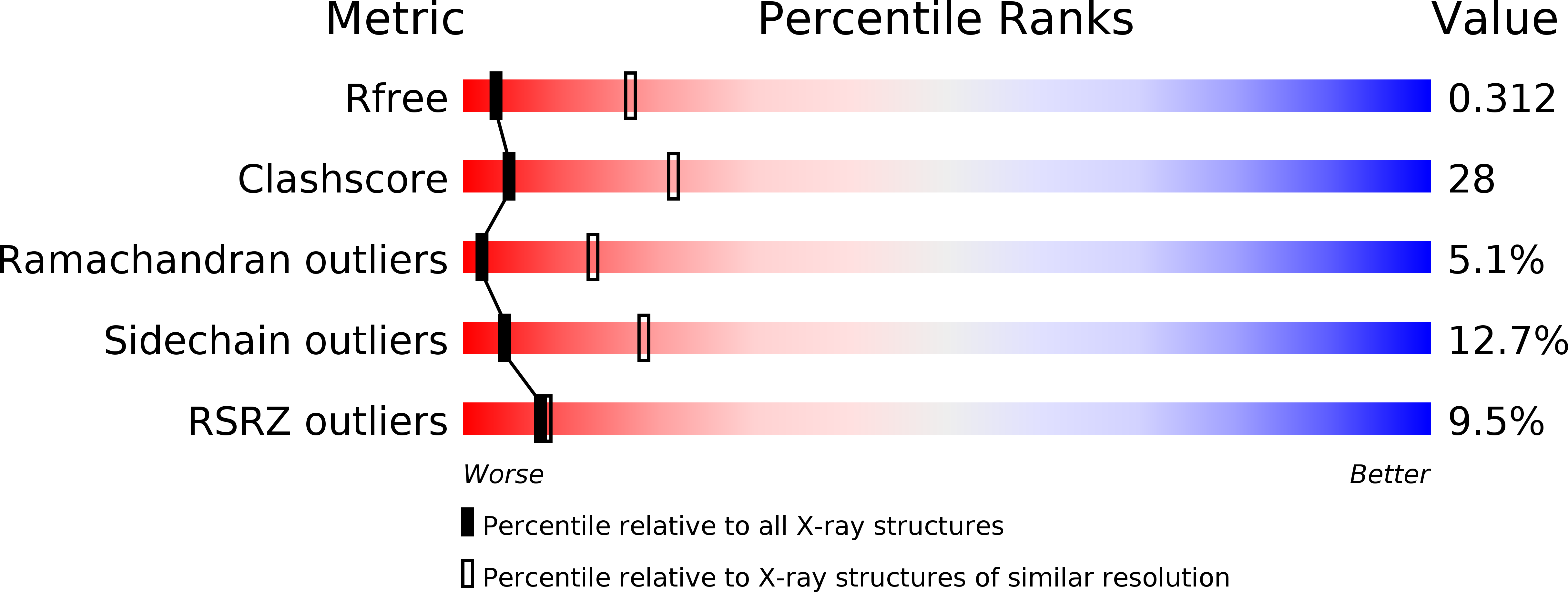
Deposition Date
2011-12-18
Release Date
2012-04-25
Last Version Date
2024-10-30
Method Details:
Experimental Method:
Resolution:
3.30 Å
R-Value Free:
0.29
R-Value Work:
0.20
R-Value Observed:
0.20
Space Group:
P 21 21 21


